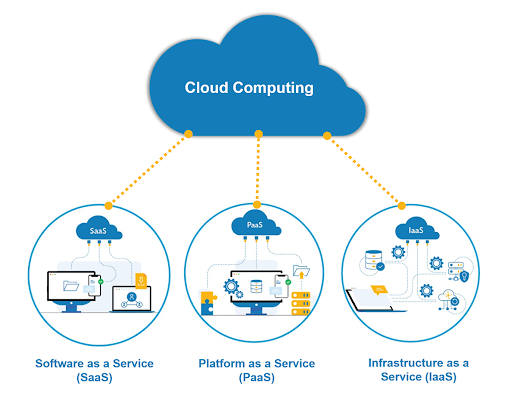Explaining 100 mbit port, 200 mbit port, and 1 GBS port
These figures represent the highest data transmission rate that a switch port can achieve. Fast Ethernet is typically referred to as 100Mbps, whereas Gigabit Ethernet is referred to as 1000Mbps.
The number of layers that may pass across a single network link is related to its speed. The link speed is always 100Mbps Fast Ethernet if a Gigabit port from switching A is linked to a Fast Ethernet cable on switch B. This is advantageous since it enables you to mix connection speeds in a system without requiring any sophisticated configuration.
Naturally, the quicker the lines in your networks, the better the performance, which is why we advocate using gigabit Ethernet wherever feasible, especially when connecting switches. Many Dante enabled devices have Gigabit Ethernet interfaces, thus using gigabit switches across your Dante network is a smart idea.
100Mbps Port
To comprehend Speed on 100Mbp/s Port on Online Services, it is important to first understand dedicated servers.
A physical server is a services in which a single server in the data center is dedicated to a single customer. This website is not associated with anybody else, ensuring a smooth online experience with high speed and security. In addition to CPU, ram, storage, and RAM, speed has been one of the specialized system resources.
The quantity of data transmitted in a given log of time is referred to as bandwidth. The data transmission rate is always expressed in kbps, mbps, or even gbps, which stands for kilobytes per second, megabytes per second, and gigabytes per second. It is essentially a representation of server-to-user communication data transmission speed.
As a result, bandwidth intensity has a significant impact on data transmission speed. In other words, if the speed is sufficient, large assets such as images, videos, and high-traffic websites will load quickly. There will be stuttering and uploading with lesser bandwidth.
200Mbps Port
The major difference between both the 200Mbps adapters and the higher 1000Mbps versions is, of course, the speed boost, as well as the AC passthrough capability. This is beneficial if you don't have a lot of plug outlets and don't want to lose one to a powerline adaptor. It also means that installing the powerline adaptor in a plug with stronger wiring is easy, which may help you receive faster speeds. The PA551 also has a Gigabit ethernet connection instead of a 10/100Mbps port - you might be attracted by the less expensive PA451 set, but I wouldn't recommend it because it lacks a gigabit port.
1000Mbps Port
Fast Ethernet has evolved into Gigabit Ethernet. It's... a lot quicker. The term "gigabit" refers to a data rate of one gb / s, or Gbps. This amounts to 1000 megabits per second, which you may know as really fast. To be honest, few gadgets and networks can fully utilize a Gigabit network, while many may successfully split it into many Fast Ethernet connections from a single network point.
Gigabit Ethernet uses twisted copper cables in the same manner as Fast Ethernet does. If configured appropriately, it may be operated over any Cat5e or Cat6a cable. Rapid Internet was designed to function with Cat5 connections in the same way. Gigabit Ethernet is an incredibly powerful means to move data at breakneck rates and/or provide high-speed access to numerous destinations inside the network over short range (on the inside of a room or apartment, but not between estates).
For certain professionals and enthusiasts who want the fastest data streaming speed available, gigabit ethernet is necessary. Video makers, High - definition video streamers, and computer game broadcasters are the most common. Using gigabit ethernet to ensure that transmitting or video streaming data is as swift and frame-rate-perfect as possible is one of the finest uses for the technology.
Much more, a gigabyte link allows you to divide an extraordinarily fast internet connection across several jobs and gadgets without slowing down any of them. If you make a lot of file transfers within your internal Network connection of PCs, gigabit is also quite useful. Gigabit offers major speed capabilities for corporations and private tech property owners, both as a single transfer channel and divided into numerous ethernet sources inside the network.
As a result, the 100 Mbps ethernet /fast ethernet speeds require just two pairs of cables to complete their data transfer jobs. When sending the entire 1000 Mbps of information from one device to another, gigabit ethernet or 10/100/1000 Mbps uses all four, or all eight cables. Remember it as we move on.




Comments
Post a Comment